Ridiculosities found here, thus far (See the logs):
- What can I do with a bare minimally-deadbugged 486 chip? -- "32-bit NOPulator"
https://hackaday.io/project/8348-random-ridiculosities-and-experiments/log/27602-bare-486-chip
(I could've sworn I had way more than this Re: the 32-bit Nopulator, in fact, I could've sworn I'd eventually created a dedicated project-page AND that it got blogged. Is my memory that bad? Maybe I'm thinking of #Improbable AVR -> 8088 substitution for PC/XT ? OTOH, the odd mentions of Thanks in these logs to comments that don't exist seems indicative... Weird.)
Ooooh, Someone's taken it a step further!
OTHER PROJECTS HERE:
- How about a multi-purpose breadboard for both .1in through-hole parts as well as .05in SMTs?
- Hacking a previously-unhacked Wifi 'Router'?
- Class-D audio-amplifier as a motor-driver? And PCB-etching.
- Class-AB audio-amplifiers as a motor-driver
- (much more thoroughly-experimented-with than the class-D)
 Eric Hertz
Eric Hertz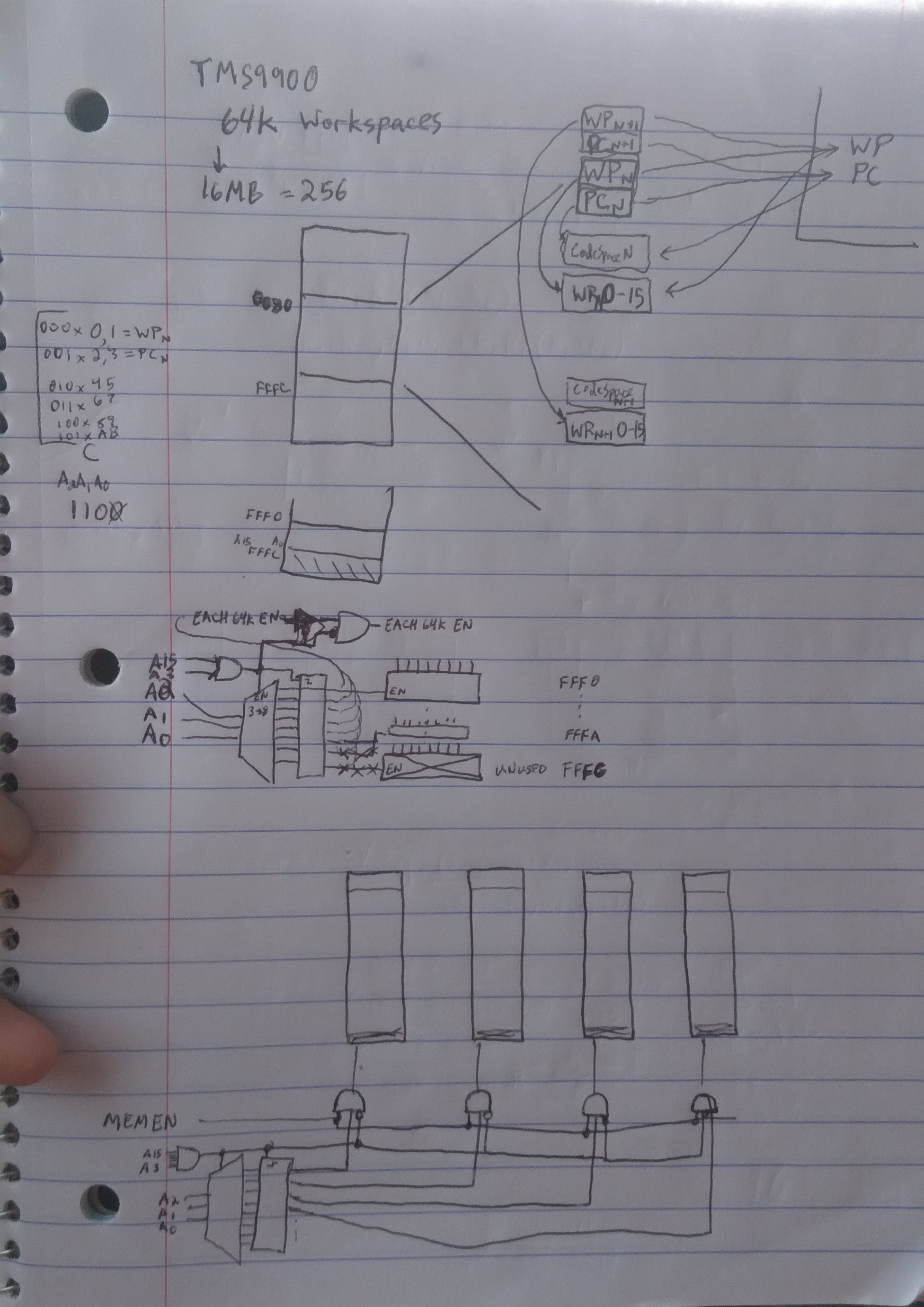



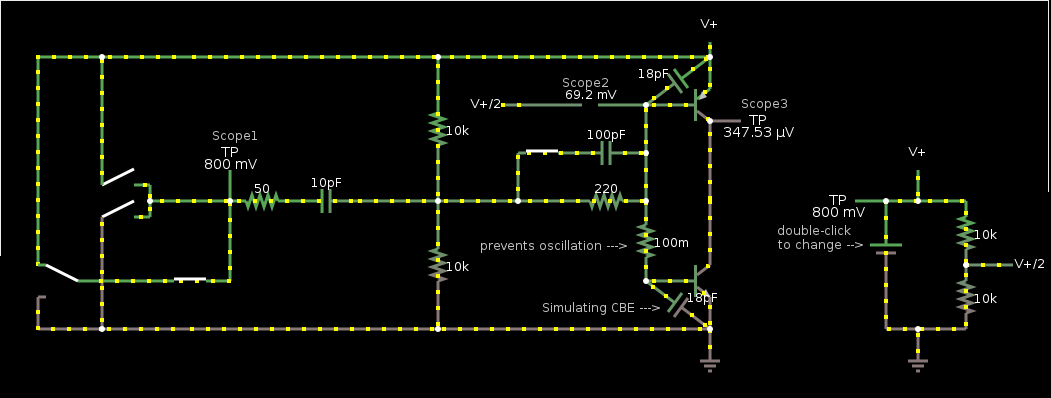
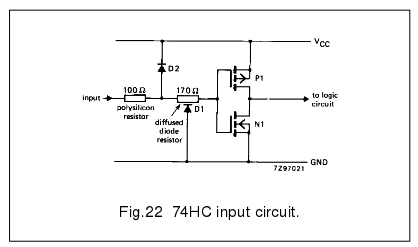
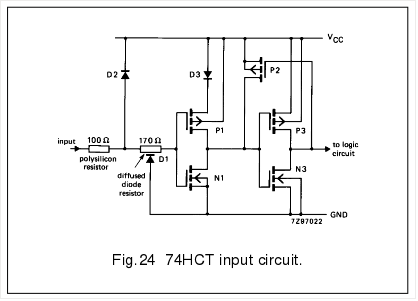
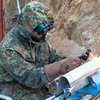




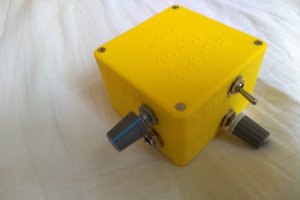
 Pepijn de Vos
Pepijn de Vos
 The Big One
The Big One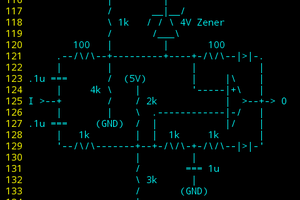
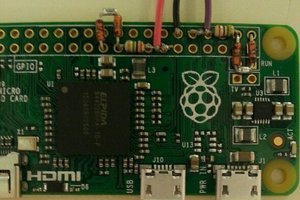
I'm looking at The Indispensable PC Hardware Book 4 and they've got quite a lot of data on the 486. It's out of my league, but here are some things that may help:
- A0 & A1 are can be determined in some way by the states of BE0, BE1, BE2 & BE3.
- If these are floating in your circuit: pull AHOLD low, pull /EADS high, pull /FLUSH high
- Maybe pull /BOFF low to prevent it trying to drive the data bus? "The 486 will deactivate its bus with the next clock cycle."
Also, I wonder if the 486 just keeps happily executing nops, runs the program counter right out of the valid address space and starts executing undefined garbage. At least, on the AVR I'm sure you have to have a jmp somewhere to loop, not sure about x86. Would be one explanation for all the oddities you're observing.